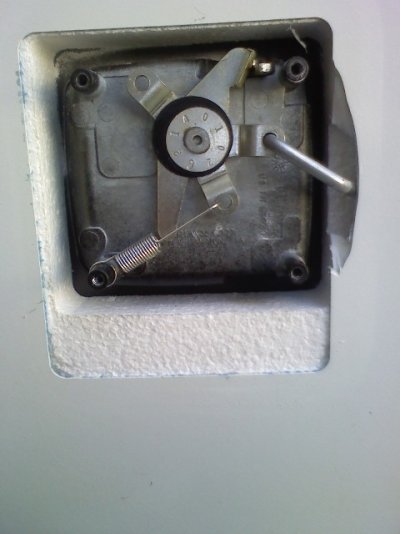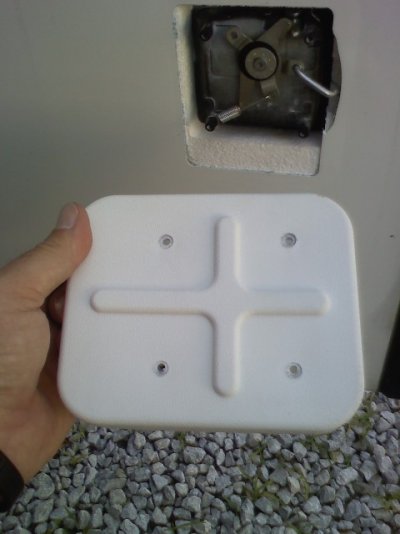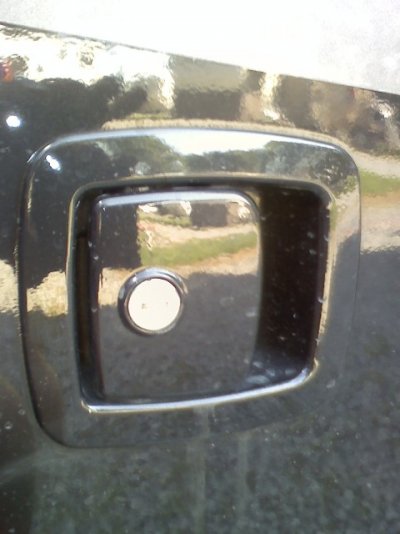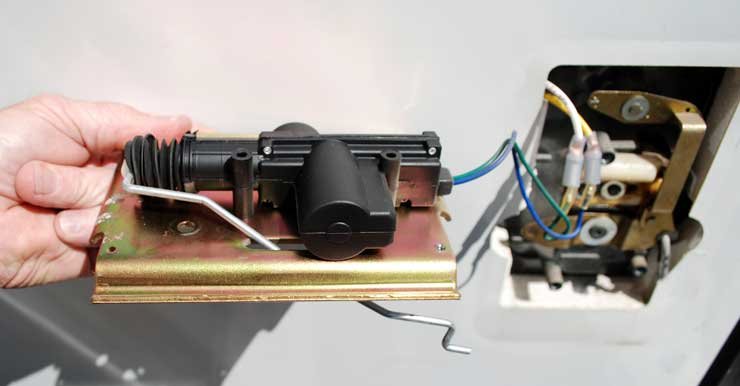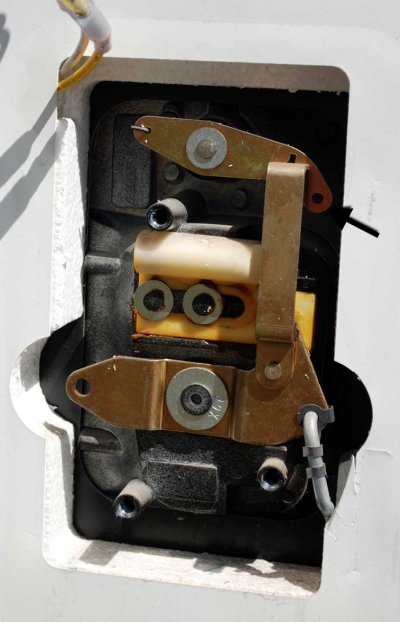That's generally good advice for most contacts, particularly those that are coated with tin, silver, gold, etc. Some won't respond to the cleaner only solution. One familiar example is an electrical plug - after a while they oxidize and don't make good contact. Since the tangs aren't coated, they respond well to a nail file, 220 grit sandpaper, etc.
I worked on electronic and electromechanical stuff for years and we had a special contact burnisher which was like an extremely fine grit file that we used to clean relay contacts. Once the contacts built up residue from arcing, there is no cleaner in the world that would clean them - the residue had to be mechanically removed. We did have and use cleaner, but generally didn't use it for cleaning contacts.
I seriously doubt if the door connectors are plated, I've been rubbing them down with an eraser for years.

